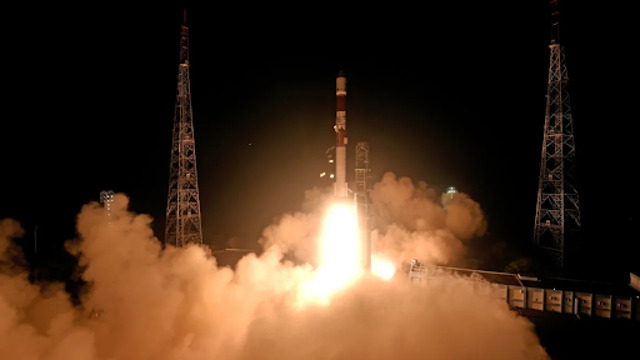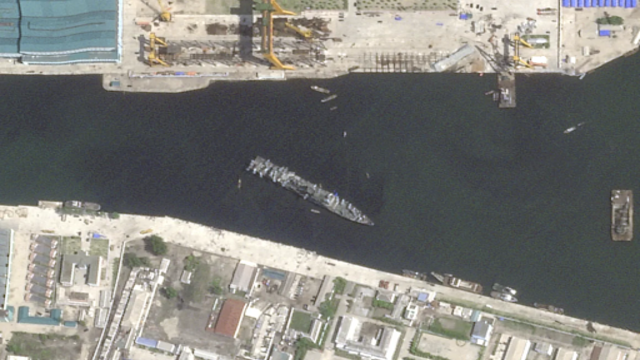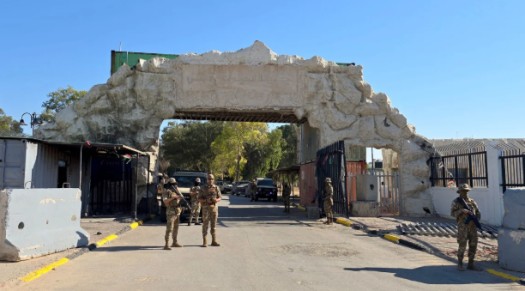
India successfully launched its first space docking mission on December 30, 2024. ISRO
India made a significant leap in space technology on Monday, launching its first-ever space docking mission. The mission, named Space Docking Experiment (SpaDeX), lifted off from the Satish Dhawan Space Centre in Andhra Pradesh aboard the Indian Space Research Organisation's (ISRO) PSLV rocket. The mission aims to position India as the fourth country to achieve this advanced technological feat, joining the ranks of the United States, Russia, and China.
The mission was deemed a success shortly after liftoff, with the spacecraft reaching an altitude of around 470 kilometers (292 miles) within 15 minutes. This milestone marks a crucial step in India’s space exploration journey, with significant implications for future space missions, including satellite servicing and the operation of India's planned space station.
Docking technology is critical for missions that require multiple rocket launches to achieve shared objectives. By demonstrating in-space docking, India has paved the way for future space applications such as in-space robotics, spacecraft control, and payload operations. A key feature of the mission is the transfer of electric power between the docked spacecraft. This ability is vital for managing spacecraft and ensuring their operations after undocking.
The mission deployed two small spacecraft, each weighing around 220 kilograms, into a circular orbit 470 kilometers above Earth. The spacecraft carry advanced payloads, including an imaging system and a radiation-monitoring device designed to measure radiation levels in space. These measurements will provide valuable data for future human spaceflight missions.
According to ISRO Chairman S. Somanath, the actual docking test is expected to take place in about a week, around January 7. He confirmed that the rocket had successfully placed the satellites in the correct orbit, setting the stage for the critical test of the docking technology.
If successful, India will join an exclusive club of nations that have developed and tested this capability, offering further advancements in space technology. The mission also opens up new opportunities for ISRO to serve as a launch partner for global missions that require docking or assembly in space.
For the first time in India’s space history, the rocket and satellites were integrated and tested by a private company, Ananth Technologies, instead of a government agency. This is seen as a major step towards fostering collaboration between the public and private sectors in space technology development.
One of the most innovative aspects of the mission is the repurposing of the PSLV rocket's fourth stage, which usually becomes space debris after launch. Instead of being discarded, this stage has been transformed into an un-crewed space laboratory. The PSLV Orbital Experiment Module (POEM) will be used for various experiments, serving as a practical solution that enables Indian start-ups, academic institutions, and research organizations to test their space technologies without launching entire satellites.
Pawan Goenka, chairman of India’s space regulatory body, highlighted the importance of this initiative. He explained that by offering platforms like POEM, ISRO is reducing entry barriers and empowering a broader range of organizations to contribute to the space sector. This initiative is expected to promote innovation and cooperation in India’s growing space industry.















